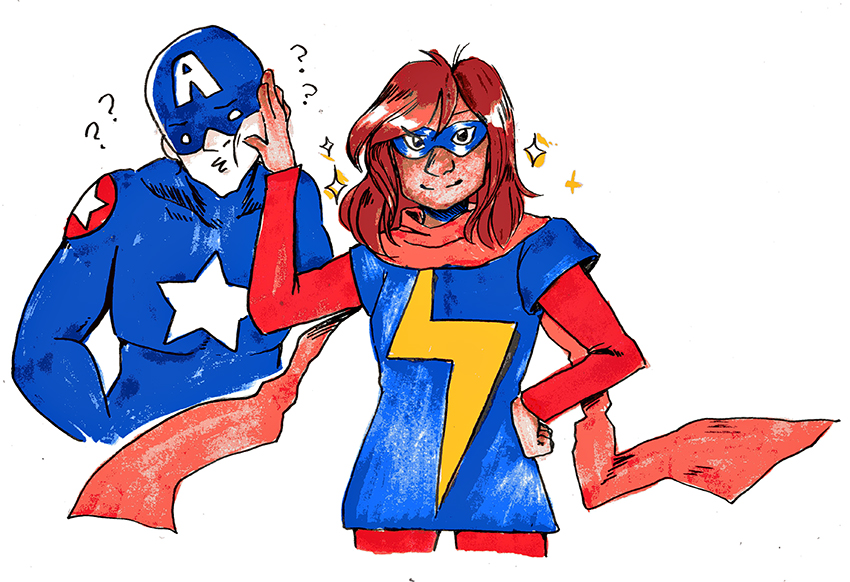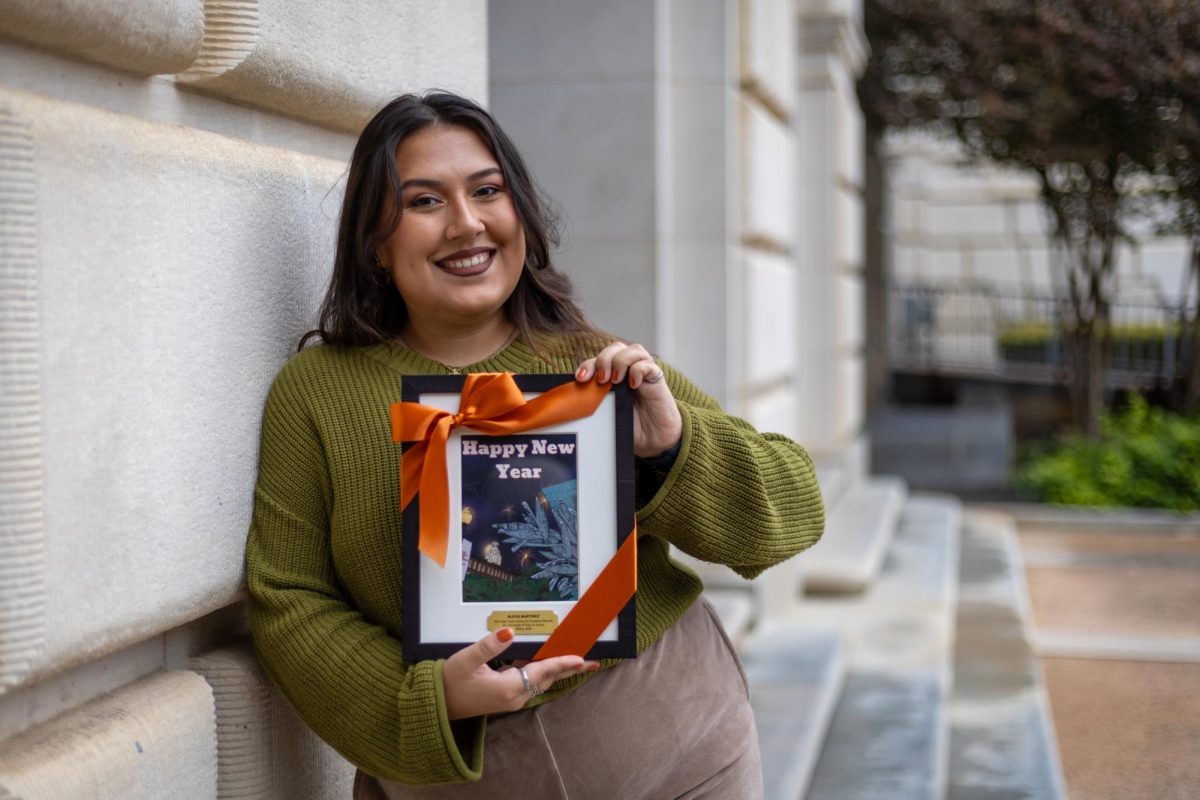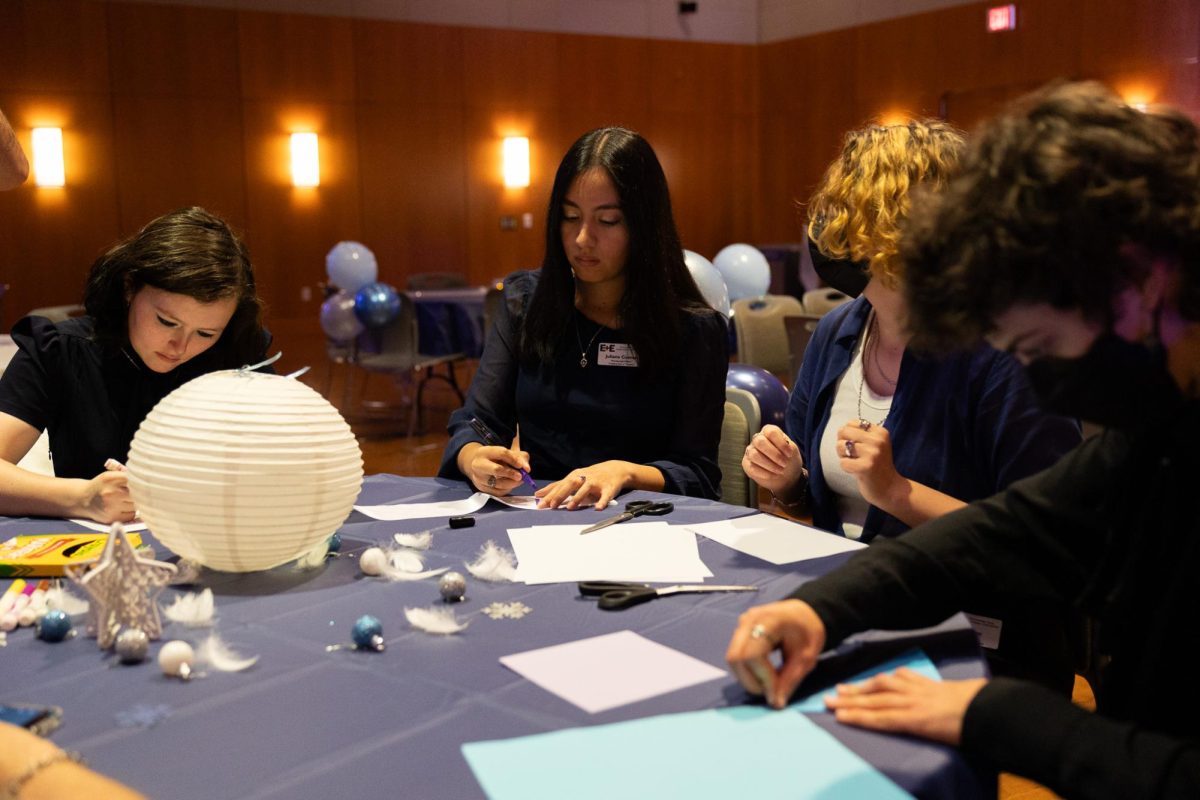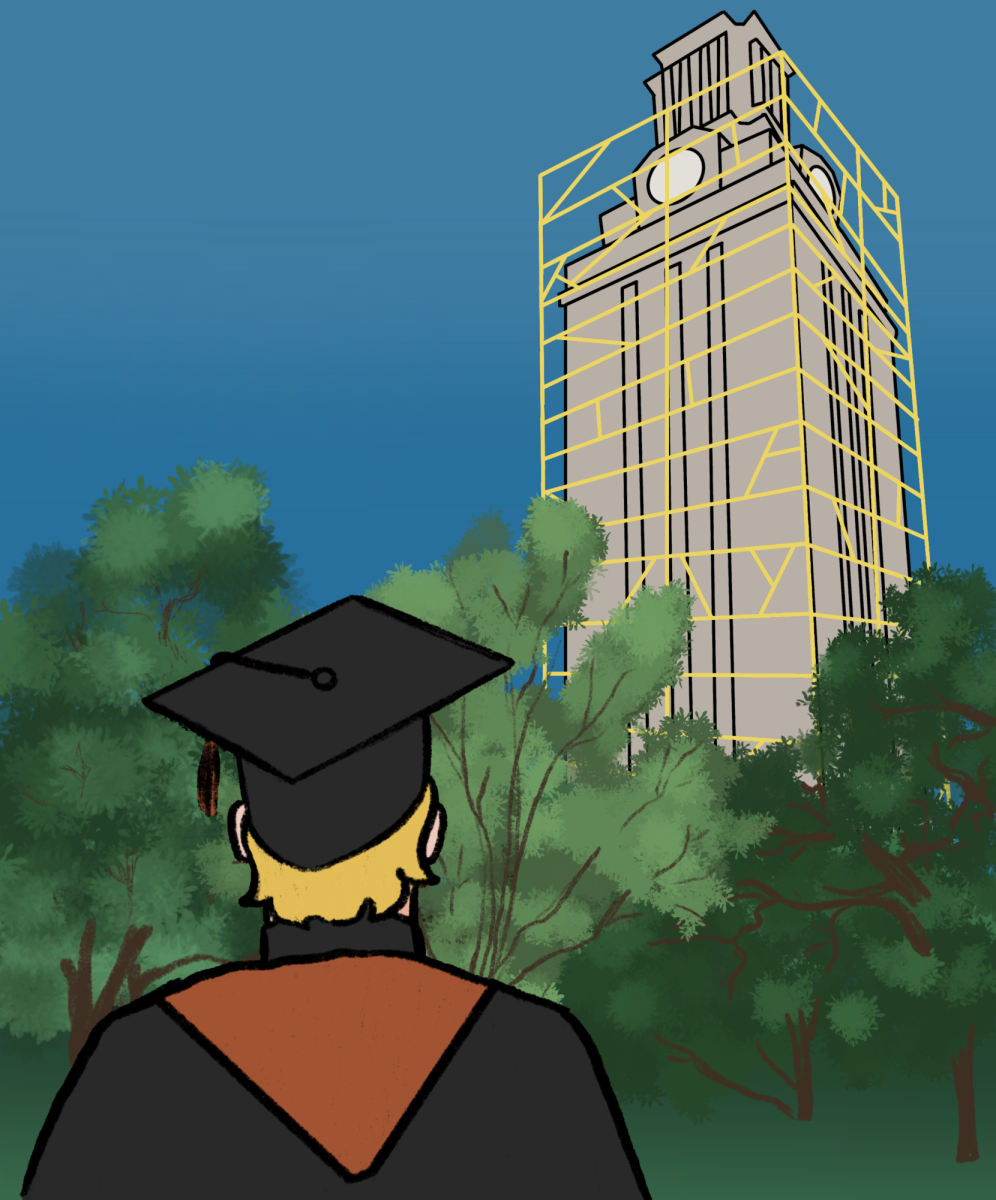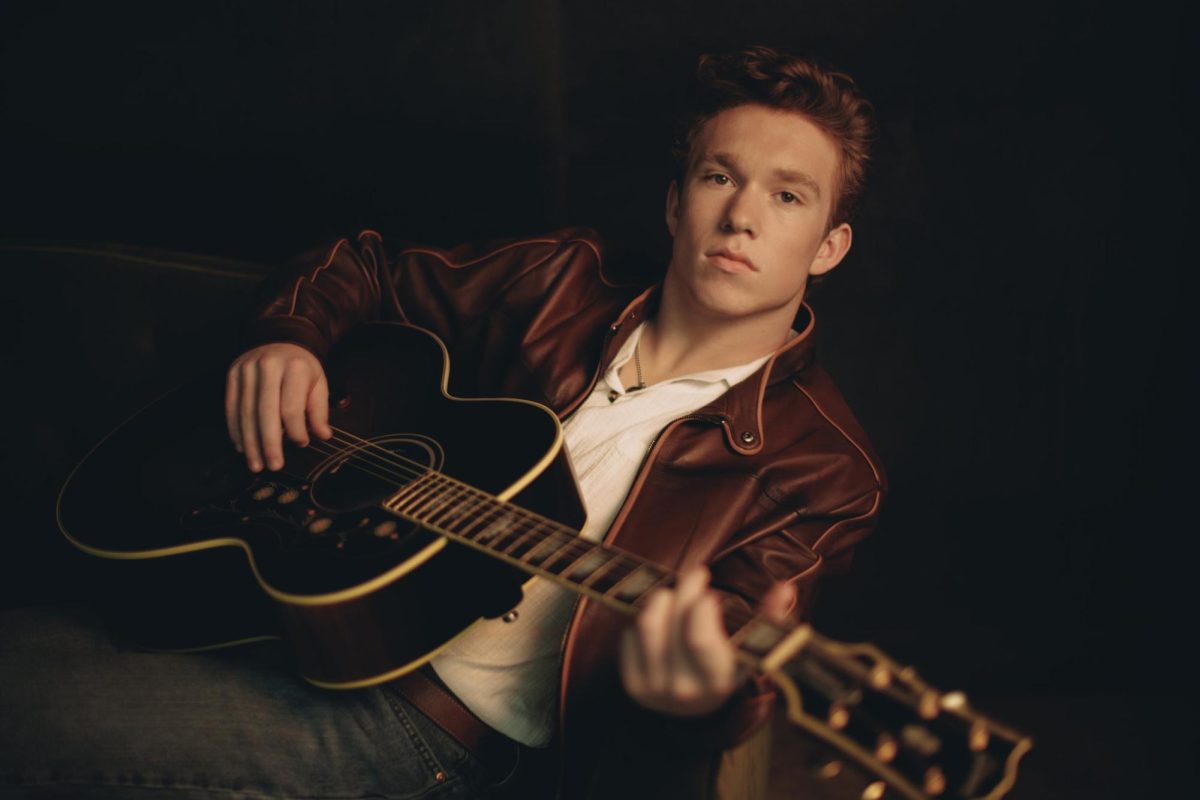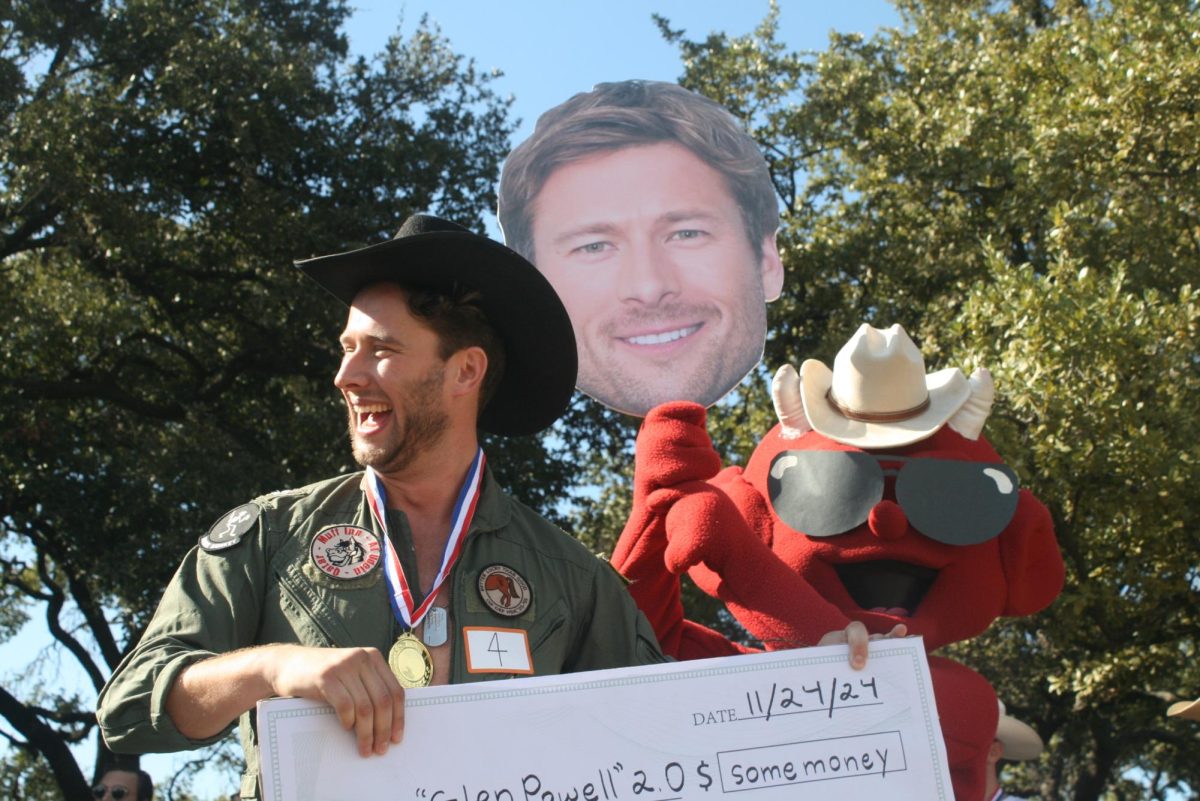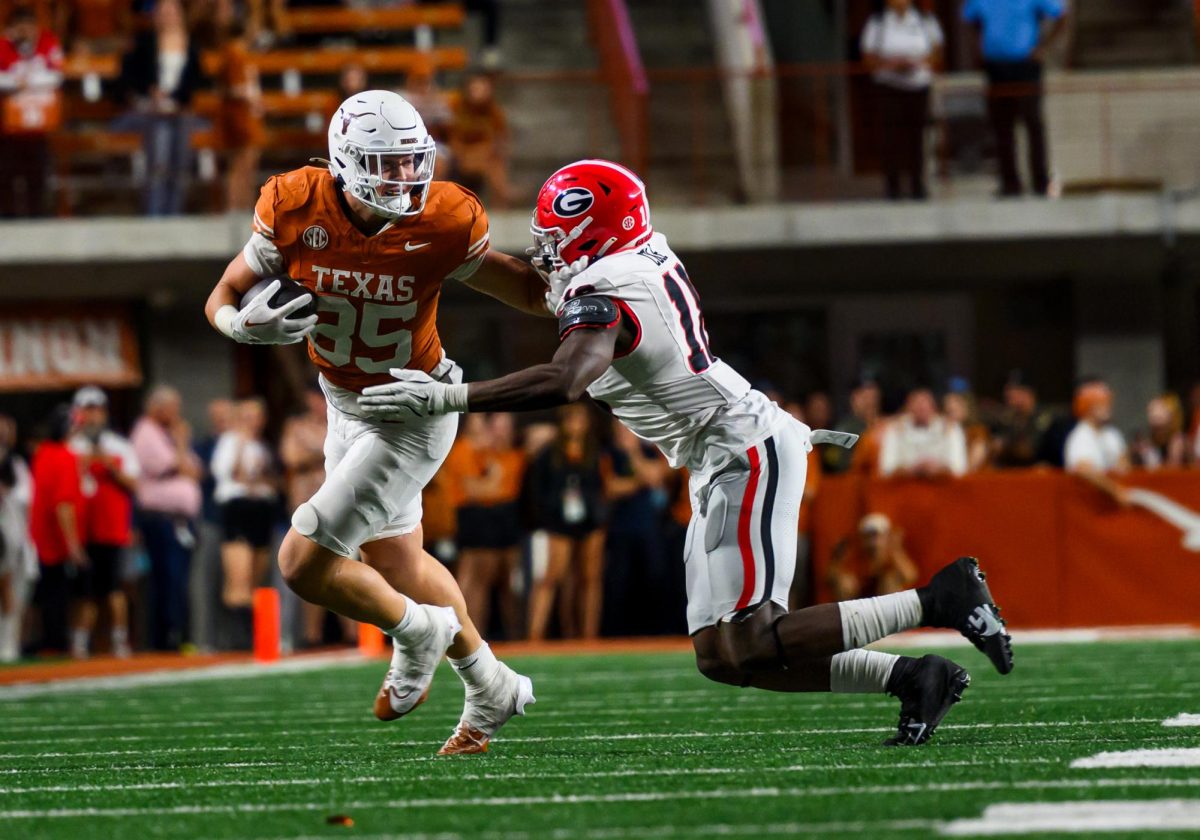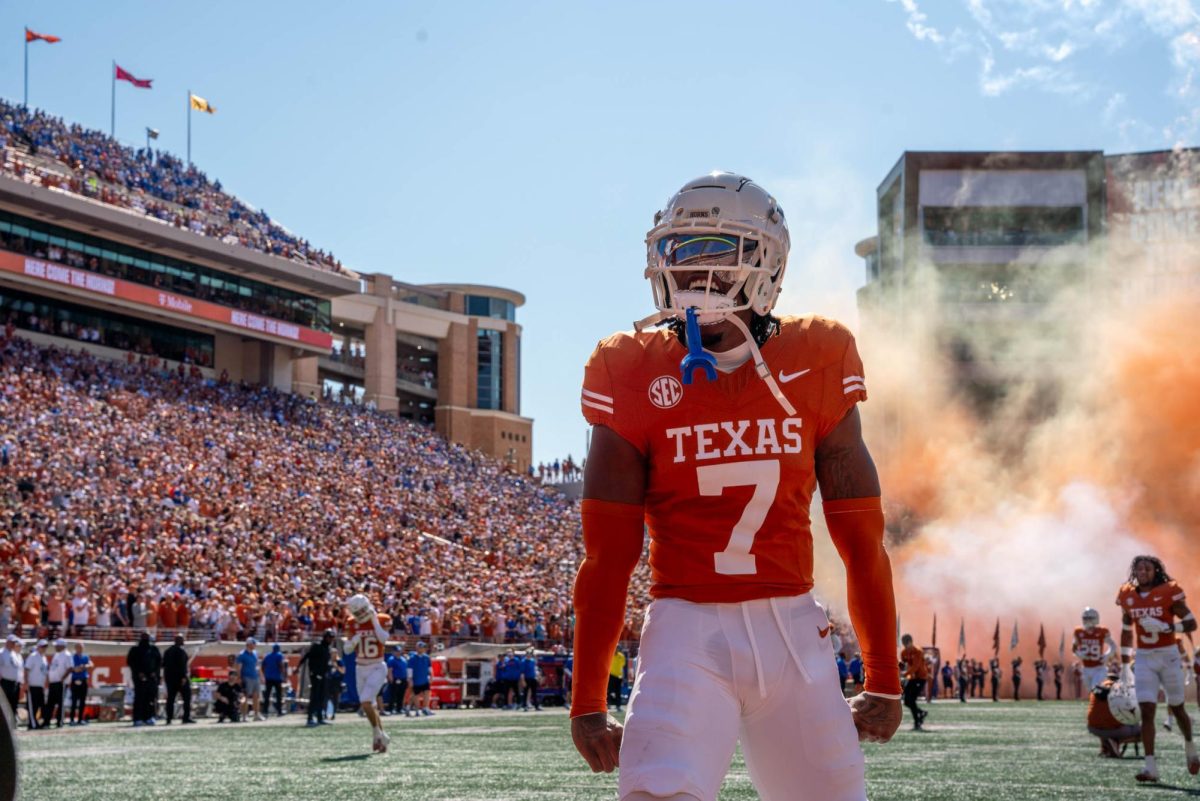At New York Comic-Con in early October, Marvel announced its publishing lineup included 23 female-led comic books — its most ever.
By creating new heroes and reimagining classics, Marvel and DC are fully joining in the current trend of gender diversity in superhero comic books, and fans are grateful.
Andrew Friedenthal, a UT alumnus who earned a Ph.D. in philosophy and American studies, said he has noticed consistent mistreatment of women in comics.
“There’s been this kind of constant relegation of female characters into the background,” Friedenthal said. “The main thing that comes to my mind when I think of treatment of
women in comics is the ‘Women in Refrigerators’ trope.”
This recurring trend in storytelling spawned from a “Green Lantern” comic in 1994. In the issue, the villain brutally murders the male hero’s girlfriend and stuffs her into a refrigerator for the sake of revenge. This act’s only purpose within the narrative is to anger the male hero and give him greater motivation in his battle against his nemesis. It has gone on to become a symbol of the objectification of female characters in all forms of media.
Marvel has countered this objectification with female-led series across the board such as Kamala Khan, a new fan-favorite character, created in 2013. Just one year before, the preexisting hero Carol Danvers took up the mantle of the classic Marvel hero, Captain Marvel.
Angie Blackmon, owner of Dragon’s Lair Comics & Fantasy located in Austin, said although women have consistently been objectified, the industry’s current steps are a move in the right direction.
“I think Marvel really gets how to treat a female character,” Blackmon said. “There’s less of a tolerance for objectification and I think that makes a huge difference.”
Blackmon, however, said the turning point for women in comics came in 2005 when Wonder Woman was reluctantly forced to kill another character for the greater good, a theme found in many
male comics.
“It was the first moment where I felt like I was seeing her as a warrior in the same light that you’d see a male superhero,” Blackmon said.
English senior Jordan Tucker, who is writing her thesis on women in comics, said she takes issue with the type of people hired to write comic books.
“One of the worst things is they are writing more about women, but there aren’t that many women writing,” Tucker said.
In February, Marvel employed 18 female creators, but by December, 37 writers and artists will work there.
“There’s been more of a push to have female voices on the creative side of late,” Friedenthal said. “In terms of creating a strong female voice that is wholly identifiable, Squirrel Girl at Marvel is fantastic. It’s one of the best things out there right now.”
With every shift in culture, some pushback is bound to happen. Korey Finch, a comic book fan who has followed the industry for 15 years, has heard complaints about publishers potentially sacrificing the quality of the stories to cater to the demands of the audience. She doesn’t agree.
“I hear people whine about that a lot, and I don’t have a lot of tolerance for it,” Finch said. “Male superheroes have long oversaturated the comic book market, and the thought that some people feel slighted by women taking more leading roles really angers me.”
Blackmon said she considers these issues growing pains along the way to achieving something greater.
“The important thing to remember is that there are going to be mistakes made,” Blackmon said. “I don’t think the companies are caving, I think they’re evolving.”

